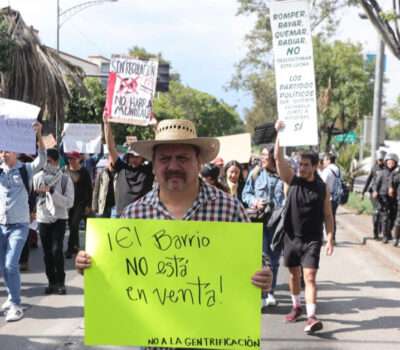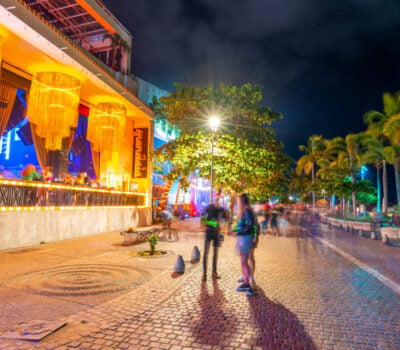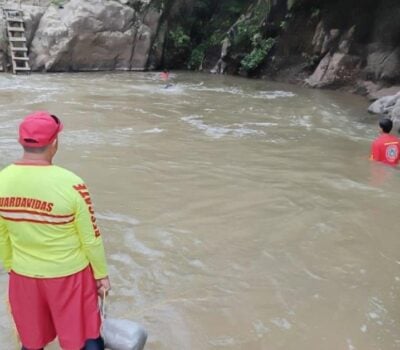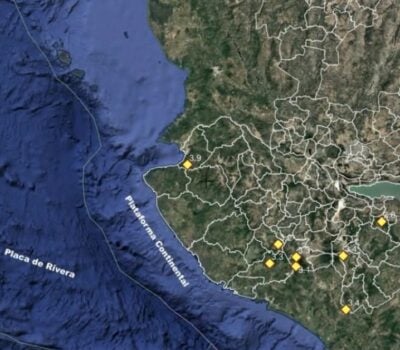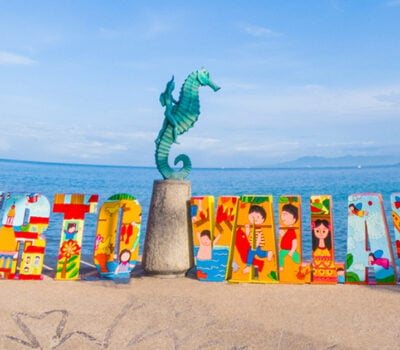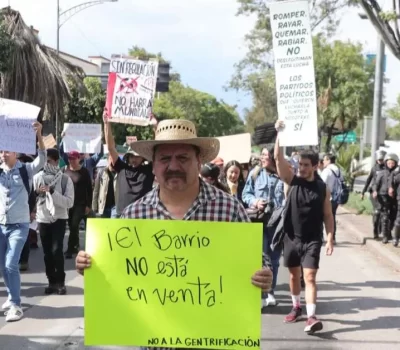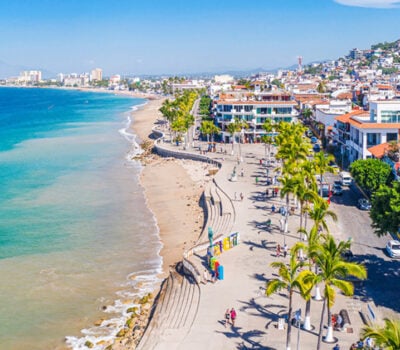Despite federal warnings on contaminated beaches, Acapulco Mayor Abelina López says the water is safe and invites tourists to swim at the city’s shores.
Acapulco’s mayor, Abelina López, has stirred debate by urging vacationers to enjoy the city’s beaches—even those the federal government has flagged as unfit for swimming. In the days leading up to the holiday rush, the Federal Commission for Protection Against Sanitary Risks (Cofepris) published a list of several Acapulco shores deemed “unsuitable for visits” due to high levels of fecal contamination. The agency also rolled out a mobile app, Playas MX, so users can check water‑quality status in real time.
Cofepris based its warning on samples taken June 8 and 26, which registered enterococci counts far above the World Health Organization’s limit of 200 colony‑forming units per 100 ml. Yet Mayor López dismissed those findings, questioning whether the results still apply after recent tropical rains. “If you take a sample right now, it’s not contaminated,” she told local reporters, arguing that runoff from storms can skew readings and that true water quality requires a 72‑hour waiting period after rainfall before testing can yield reliable data.
The mayor did not take any samples today to verify her statements.
When pressed on whether she would personally swim at the flagged beaches, López replied that she has done so many times—though she didn’t specify when or where. She emphasized that tourists should follow her example: “I have no problem with swimming in these waters, and visitors shouldn’t either,” she said, extending a warm invitation to explore Acapulco’s natural attractions without fear.
Why these contaminated beaches still draw visitors
Despite the debate, four popular Acapulco shores remain officially off‑limits.
- Playa Caletilla: 643 enterococci per 100 ml
- Playa Papagayo: 517 enterococci per 100 ml
- Playa Carabalí: 363 enterococci per 100 ml
- Playa Hornos: 205 enterococci per 100 ml
All exceed the WHO’s recommended maximum, placing them in the “unsuitable” category under Cofepris guidelines.
Contact with these waters can lead to gastrointestinal distress, skin irritations and respiratory troubles—risks that rise for children, seniors and anyone with a weakened immune system. Cofepris warns that the main culprits are contaminated stormwater discharges, untreated wastewater, urban runoff and aging sanitation infrastructure that struggle to handle heavy rains.
Even as municipal reports claim recent upgrades in sewer lines and beach‑side drainage, Cofepris says it will maintain heightened surveillance. The agency advises travelers to consult the Playas MX app before heading to any shore and to pick beaches that meet safety standards.
Tourists planning to bring vulnerable family members should pay extra attention: after a downpour, wait at least 72 hours before testing indicates whether the sea has flushed out pollutants. Until then, swimmers risk exposure to water‑borne pathogens.
With Acapulco’s economy hinging on summer tourism, officials face a delicate balance between promoting the city’s sun‑and‑sand appeal and safeguarding public health. Mayor López clearly leans toward optimism, betting that confident messaging will keep visitor numbers high—even if it means swimming against Cofepris’s tide of caution.
Ultimately, travelers must weigh the mayor’s assurances against federal recommendations, use the available apps to stay informed and make their own call on whether a dip in Acapulco’s waters is worth the gamble.
Acapulco, beaches, contamination, tourism, Cofepris



